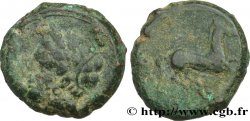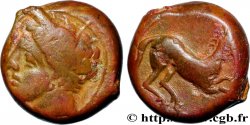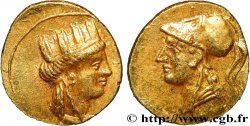Live auction - bgr_544784 - ZEUGITANA - CARTHAGE Dixième Statère
You must signin and be an approved bidder to bid, LOGIN TO BID. Accounts are subject to approval and the approval process takes place within 48 hours. Do not wait until the day a sale closes to register. Clicking on "BID" constitutes acceptance of the terms of use of cgb.fr private live auctions.
Bids must be placed in whole Euro amounts only. The sale will start closing at the time stated on the item description; any bids received at the site after the closing time will not be executed. Transmission times may vary and bids could be rejected if you wait until the last second. For further information check the Live auction FAQ
All winning bids are subject to a 18% buyer’s fee.
All winning bids are subject to a 18% buyer’s fee.
| Estimate : | 1 200 € |
| Price : | no bid |
| Maximum bid : | no bid |
| End of the sale : | 10 September 2019 14:32:00 |
Type : Dixième Statère
Date: 350-320 AC.
Mint name / Town : Carthage, Zeugitane
Metal : gold
Millesimal fineness : 950 ‰
Diameter : 8,5 mm
Orientation dies : 7 h.
Weight : 0,87 g.
Rarity : R2
Coments on the condition:
Monnaie légèrement décentrée au droit mais bien centrée au revers. Joli tête de cheval. Usure régulière. Patine de collection
Predigree :
Cet exemplaire provient de la Vente aux Enchères Palombo du 26 Juin 2010, lot n° 9 et de la collection Luc Corso
Obverse
Obverse legend : ANÉPIGRAPHE.
Obverse description : Palmier vu de face.
Reverse
Reverse legend : ANÉPIGRAPHE.
Reverse description : Tête et cou de cheval à droite ; devant le cou, trois globules posés en triangle pointe en bas.







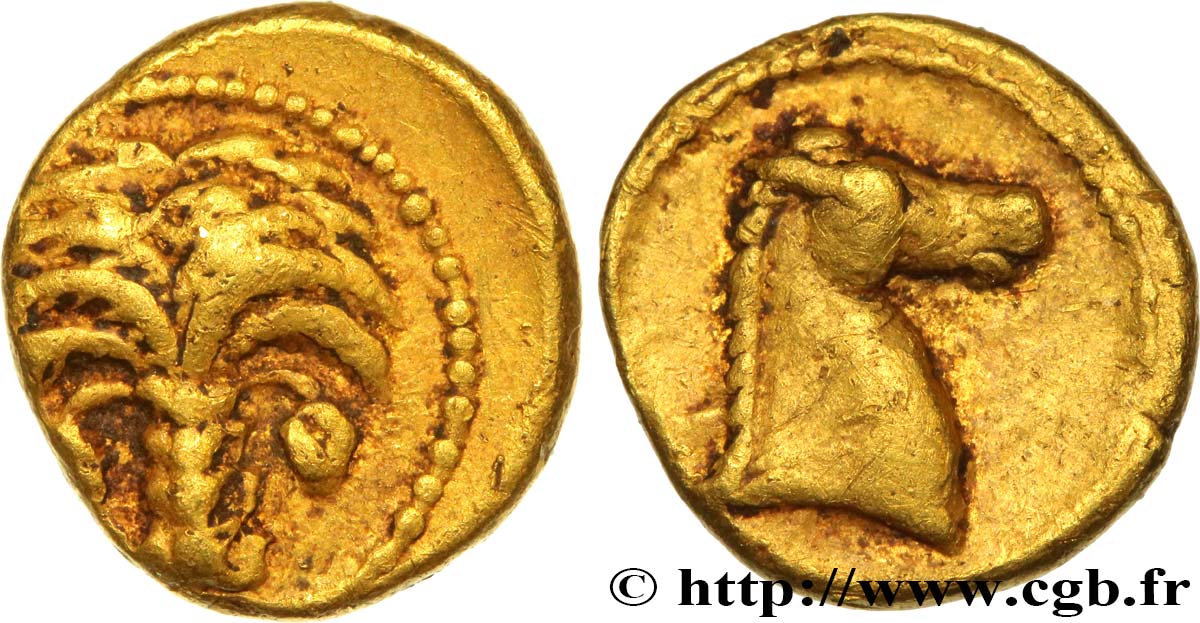
 Report a mistake
Report a mistake Print the page
Print the page Share my selection
Share my selection Ask a question
Ask a question Consign / sell
Consign / sell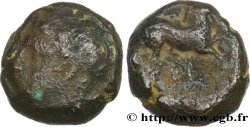
 Full data
Full data
